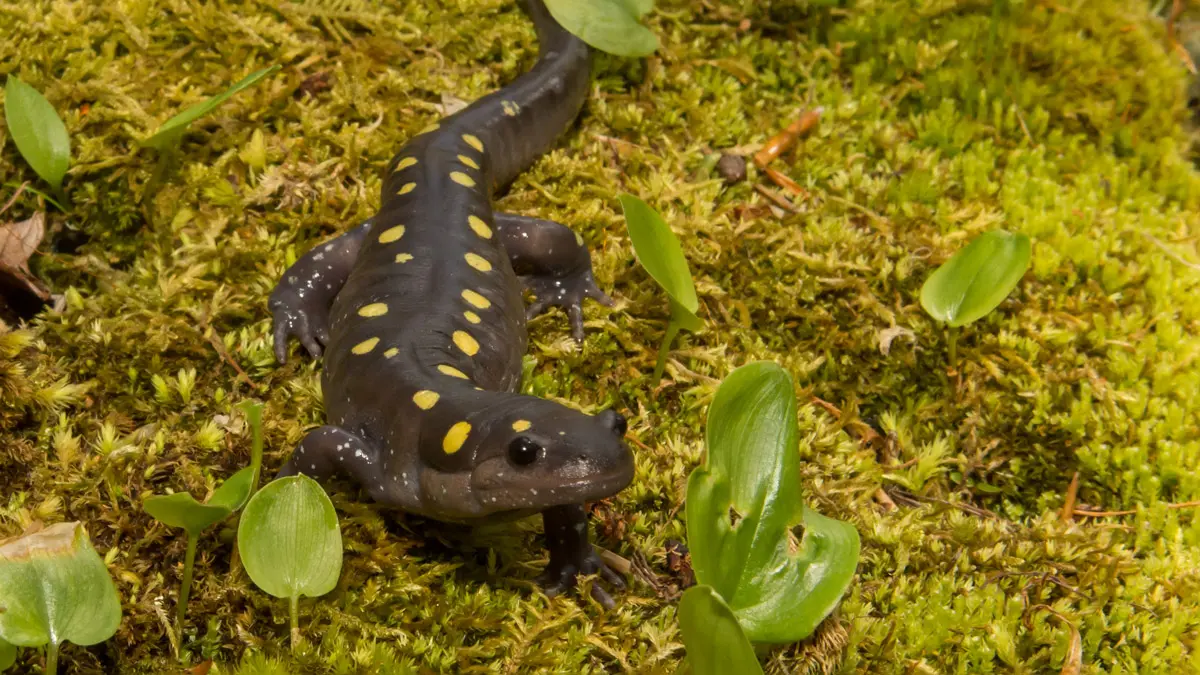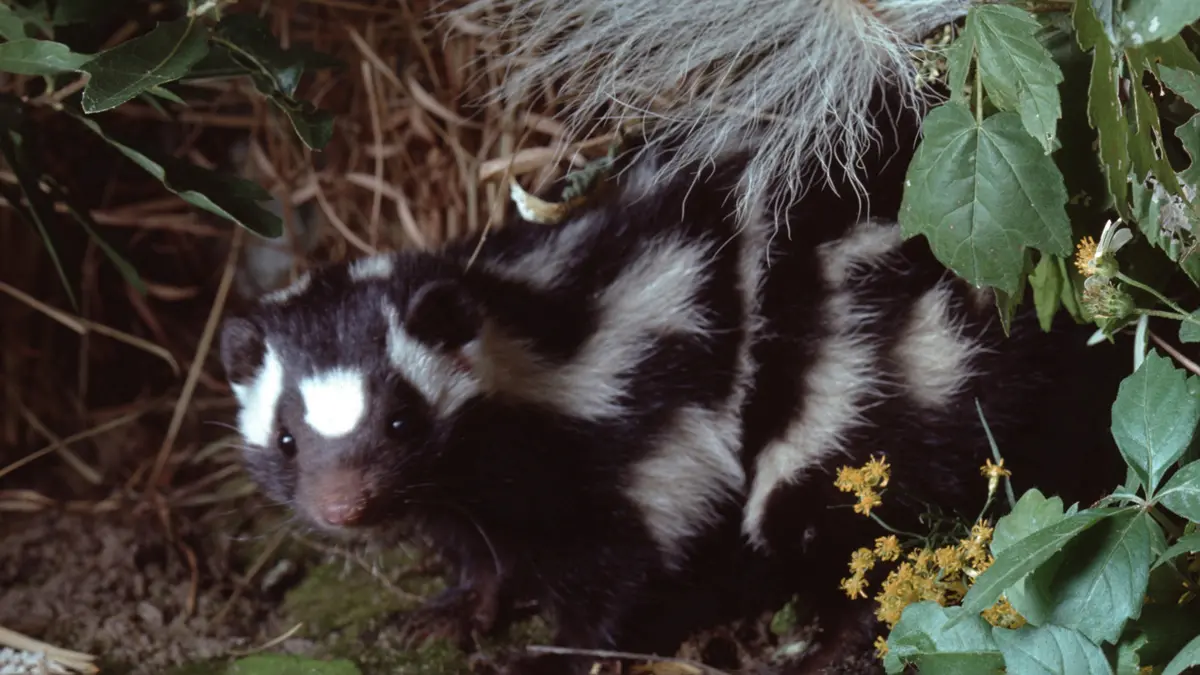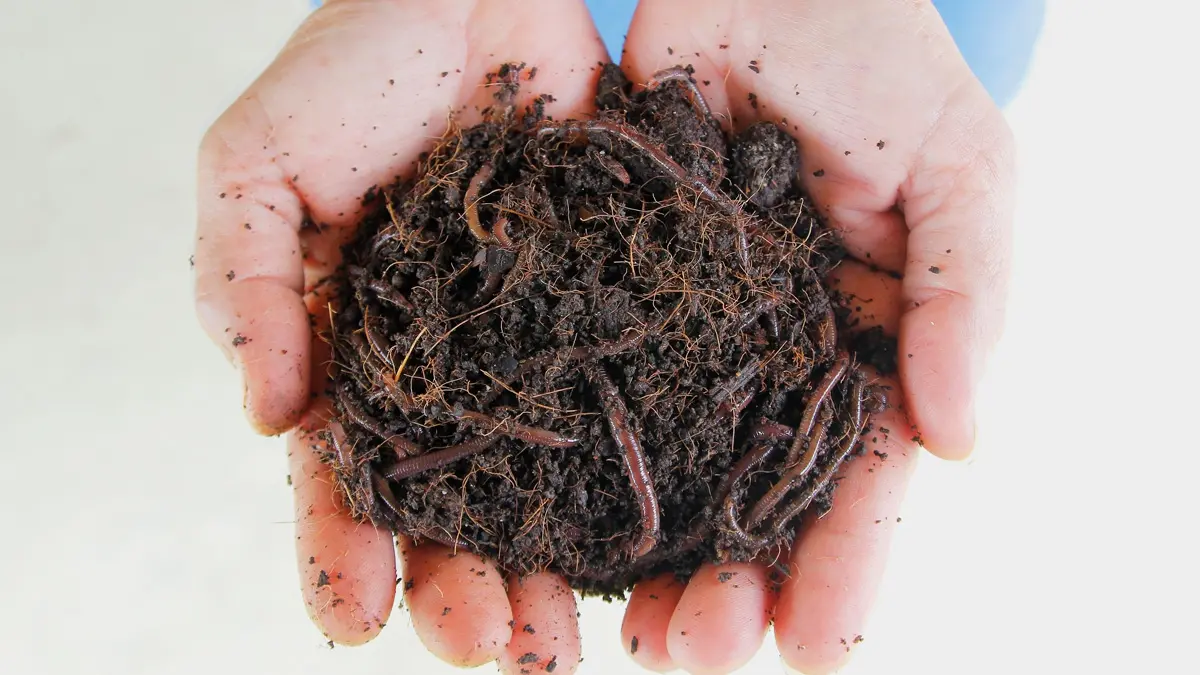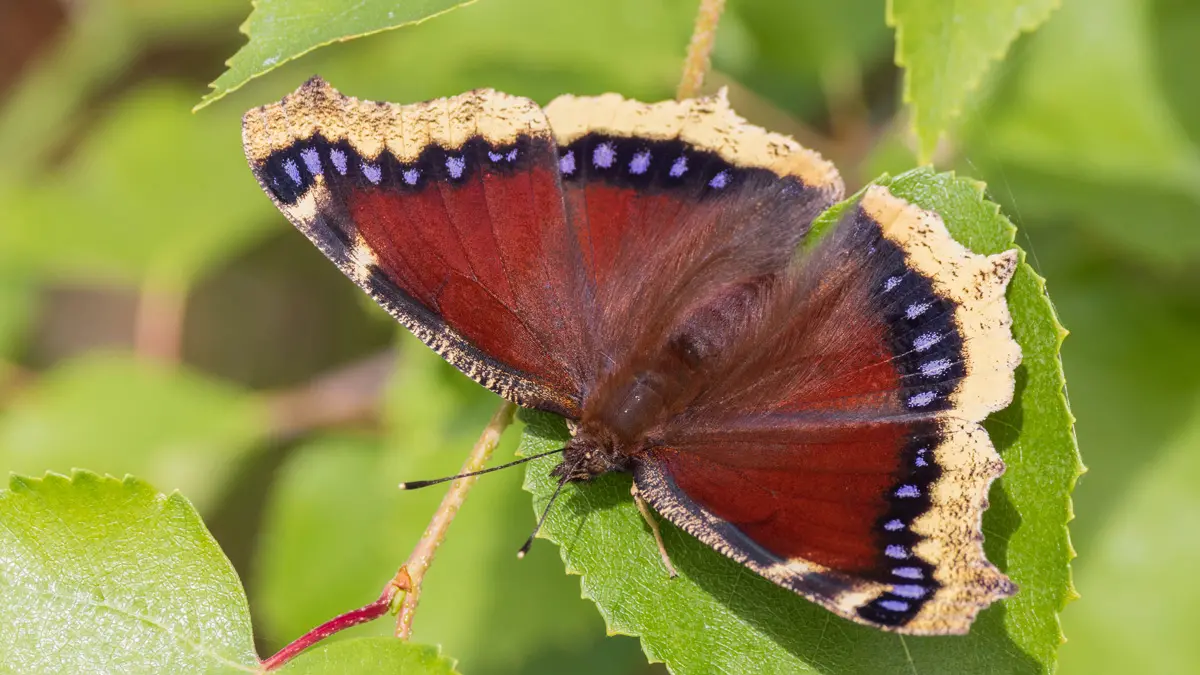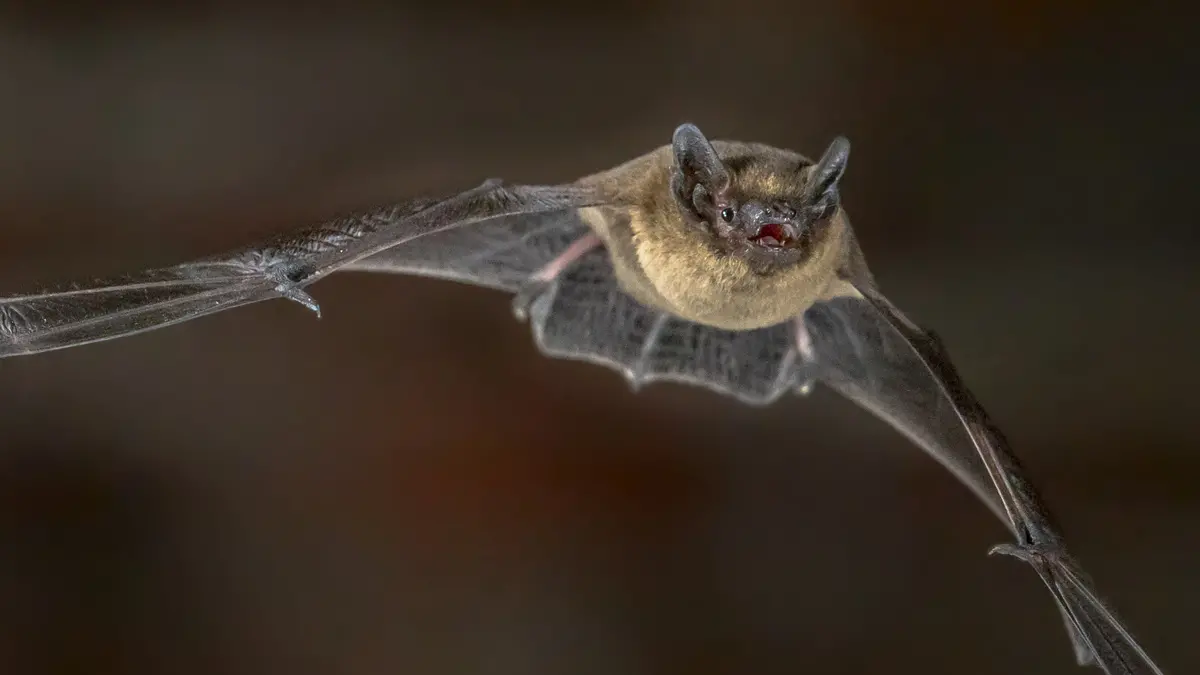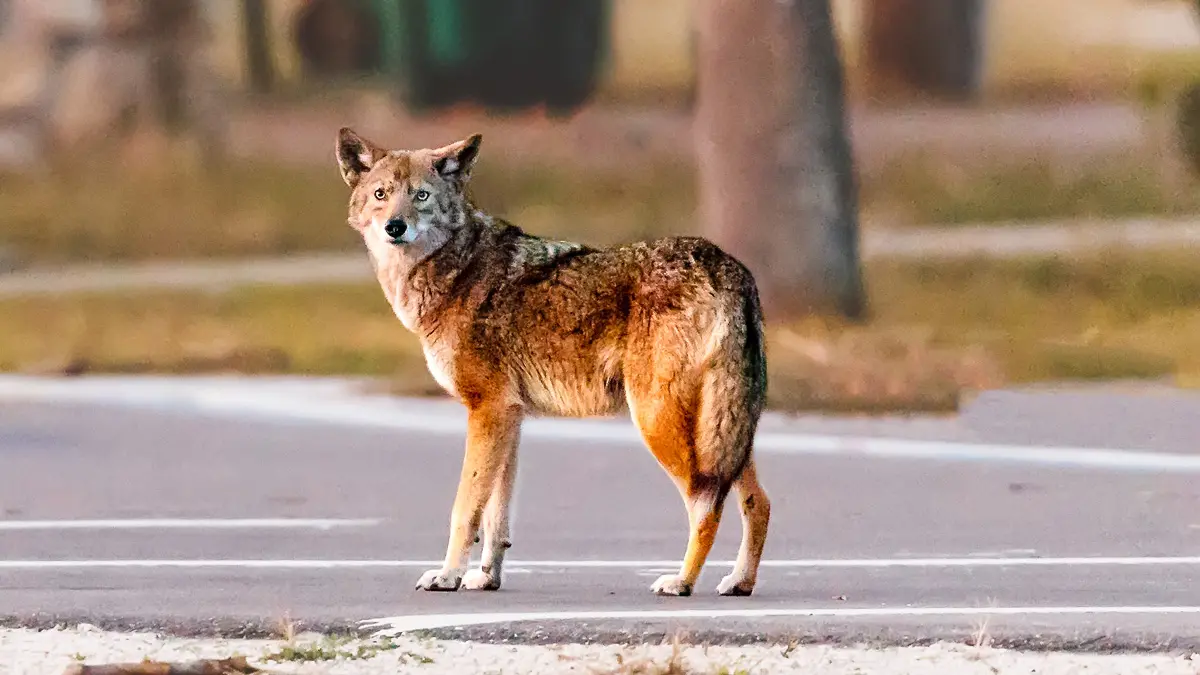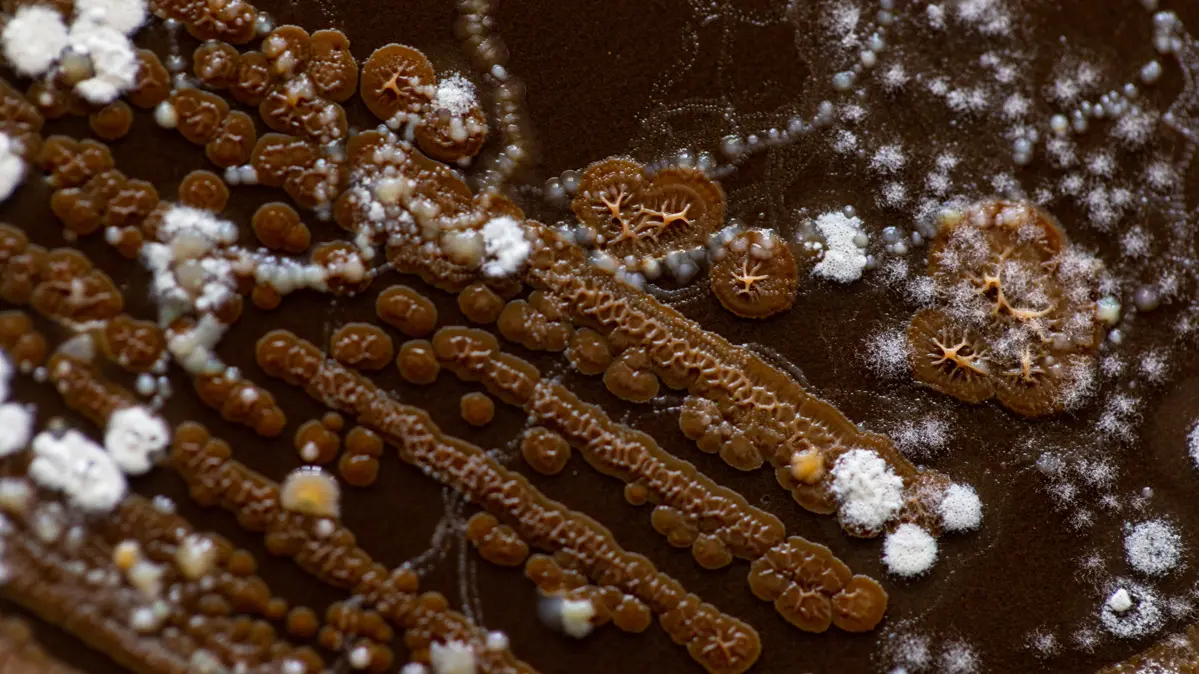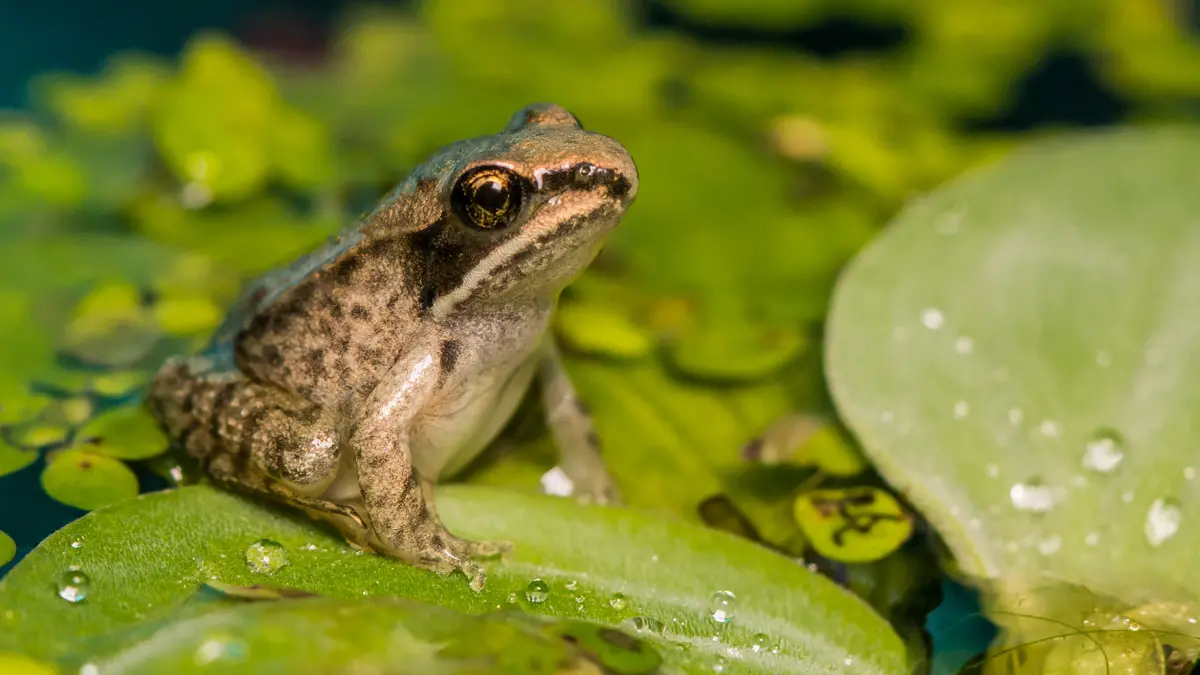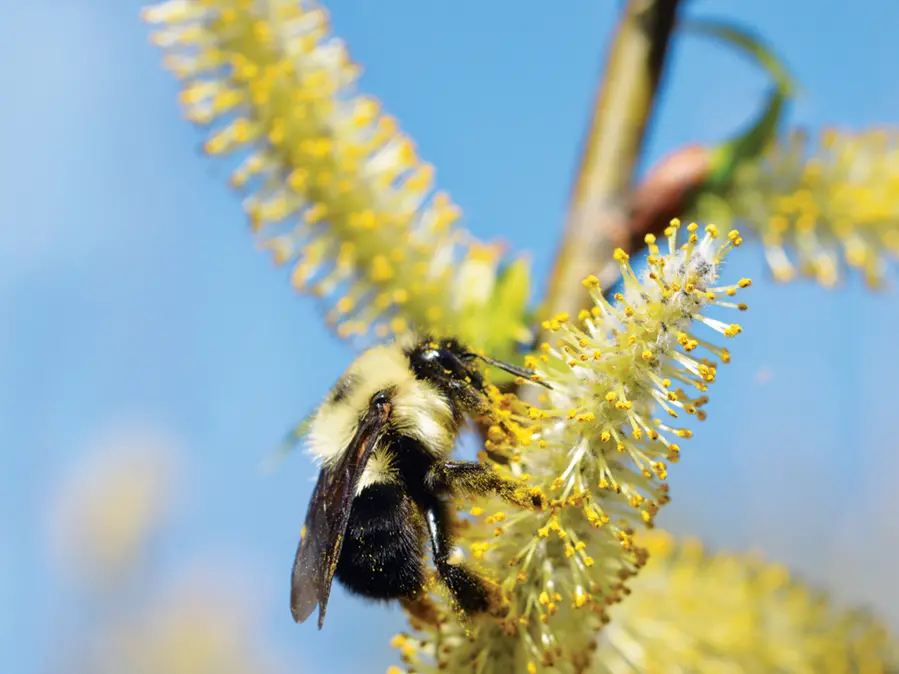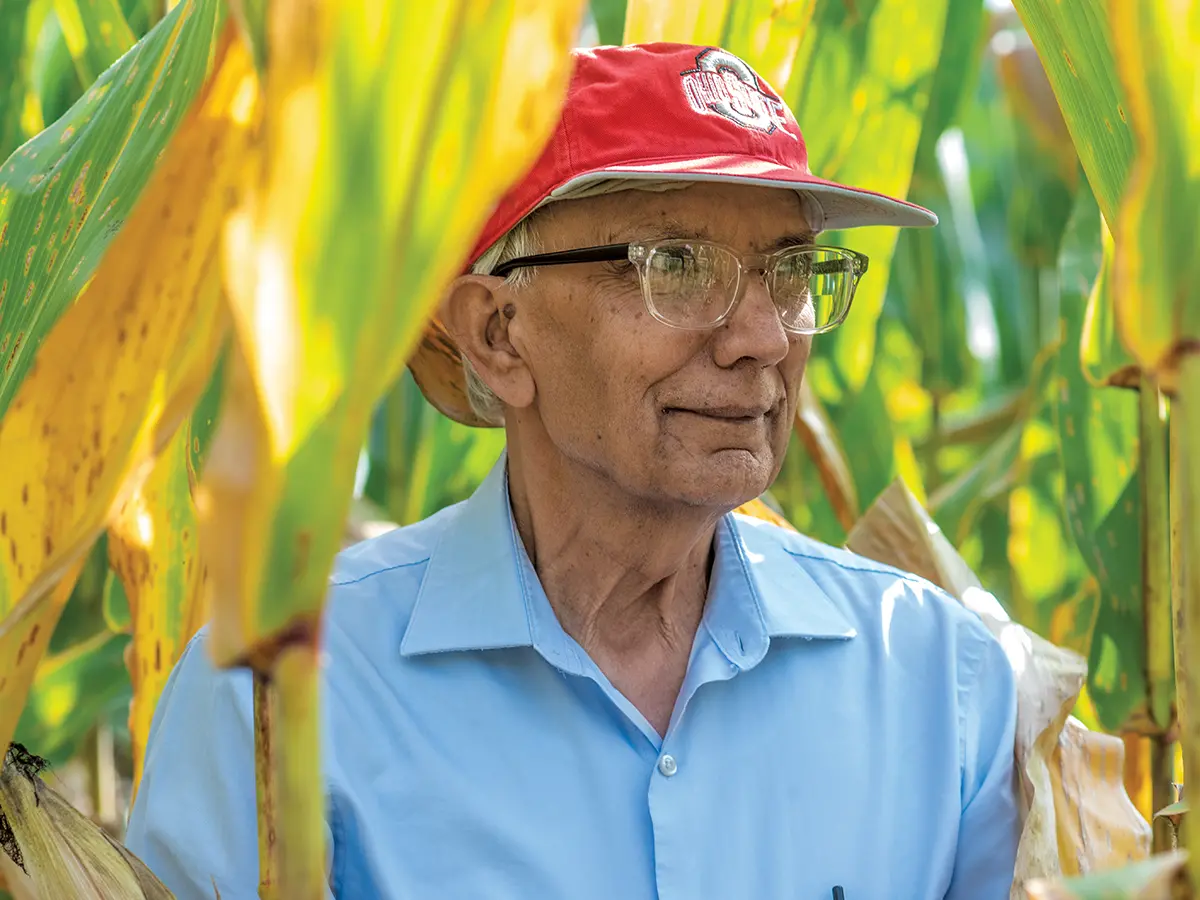10 campus creatures: Counting spring’s early risers
OSU Extension experts offer a guide to the bees, bats and surprise animals waking up right here in our urban backyard as the new season pops off.

The changes may be incremental — even imperceptible — but the natural world is waking back up, as it does like clockwork every spring. We spoke with experts from OSU Extension to put together a guide to the natural world activating right here on the Columbus campus.
1. Mining bees and Eastern common bumblebees emerge in springtime to feast on nectar from early blooming shrubs and trees, such as apple and cherry.
2. At The Wilma H. Schiermeier Olentangy River Wetland Research Park, vernal pools — created when rain and snowmelt fill depressions — serve as breeding grounds for spotted salamanders, spring peepers and chorus frogs.
3. Skunks often can be seen (and smelled, of course) as they prepare for breeding season by getting summer dens ready and searching for mates.
4. Beneath your feet, earthworms and insects are doing their part to redistribute organic matter on the surface deeper into the soil.
5. Spring is the best time to get into birding as branches are still bare, making it easy to spot birds. The white-crowned sparrow is fueling up for migration and others, such as the Eastern phoebe, are returning after winter.
6. One of the first butterflies you’ll see is the mourning cloak, with dark wings bordered in blue spots. The species becomes active as soon as it’s warm enough.
7. Look up when you’re walking by Mirror Lake. Bats are emerging from hibernation and may be flying overhead.
8. No, that wasn’t a dog running loose, or your imagination. Coyotes are abundant in Central Ohio, and they’re more visible this time of year. They generally start mating in February and have pups in April.
9. In the cold and saturated soil, microorganisms are becoming active, breaking down organic matter and processing nutrients.
10. Listen closely in the Schiermeier wetlands and you’ll hear wood frogs starting to call.
